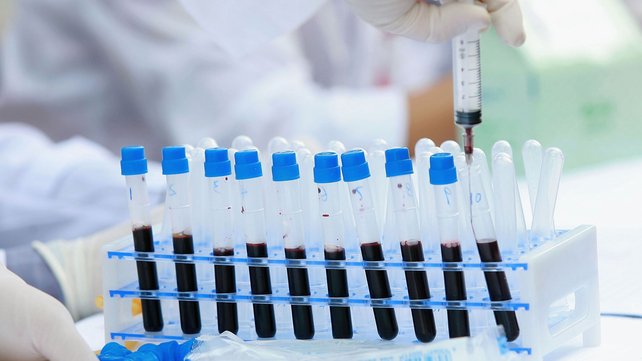United Nations Aids: Millennium Development Goals Met As 15 Million Received HIV
As reported by a recent report of the United Nations Aids agency, we have already met the target of making HIV treatment accessible to 15 million people before 2015 ends.
The figure was reportedly reached last March, nine months earlier on the schedule.
According to the report, new HIV infections have fallen by 35 per cent and AIDS-related deaths by 41 per cent. The global response to HIV has averted 30 million new HIV infections and almost eight million (7.8 million) AIDS-related deaths since 2000, when the MDGs were set.
At the same time, global investments for HIV have increased from $4.8 billion during 2000 to over $20 billion in 2014.
But progress has been slower in some areas.
Ending Aids faces a particular challenge from the fact that lack of HIV status awareness still presents a great barrier to treatment access. In 2014, 73 percent of HIV-positive pregnant women had access to treatment, and there were 58 percent fewer new infections among children than in 2000.
Even though new HIV infections have gone down, there is still an unacceptable number of new HIV infections each year, contributing to the burden of the epidemic.
In 2014, the report showed that 83 countries, which account for 83 percent of all people living with HIV, have halted or reversed their epidemics, including countries with major epidemics, such as India, Kenya, Mozambique, South Africa and Zimbabwe.
In 2014, 40 percent of all people living with HIV, roughly 15 million people, had access to antiretroviral therapy, a 22-fold increase over the past 14 years. The estimated count for the whole world was 36.9 million.
“The world has delivered on halting and reversing the AIDS epidemic”, said United Nations Secretary-General Ban Ki-moon.
While there’s still no outright cure for HIV or AIDS, the antiretroviral drugs that are now readily available effectively prevent the virus from multiplying and growing within the body, extending the patient’s lifespan and lowering HIV transmission rates.
“The AIDS targets of MDG 6-halting and reversing the spread of HIV-have been achieved and exceeded”, a new joint UNAIDS report says.
This year sees the switch from Millennium Development Goals to broader Sustainable Development Goals.
As the global health community continues to make significant strides in the field of AIDS research, experts now believe that that current epidemic could be brought to an end by the year 2030.
What’s more, the number of HIV infections among men who have sex with men is on the rise in Western Europe and North America, alerting health officials to the need for developing policies targeted toward the group, UNAIDS said in a statement.












